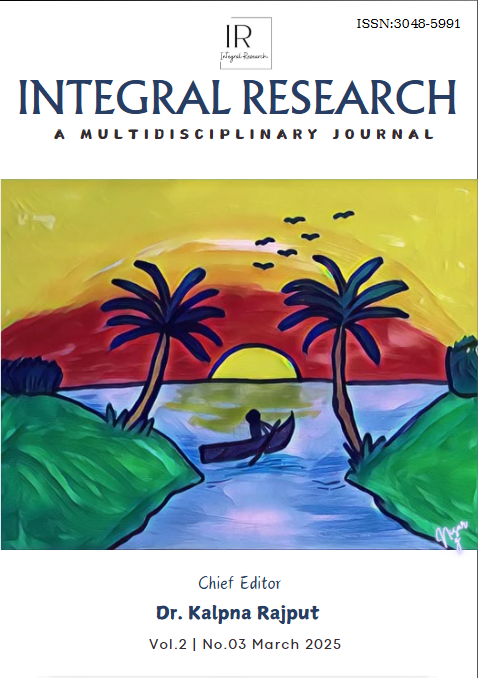Impact of Microplastics in Aquatic Systems: A Review on Their Effects on Aquatic Flora and Fauna
Main Article Content
Abstract
Microplastics' damage to aquatic life poses significant environmental issues with direct consequences on human health and the welfare of neighboring species. Microplastic particles are widely distributed in freshwater, brackish, and marine environments, and in primary and secondary sources. What they are derived from defines them. Microplastics affect phytoplankton, aquatic plants, and other aquatic organisms, hence altering the balance of nature. Adverse effects result from food web changes, loss of biodiversity, and interference in ecosystem processes. Microplastics cause physical injury, bioaccumulation of toxic compounds within their bodies, and reproductive impacts when ingested by aquatic animals. Moreover, microplastics are also part of the human diet, which also elicits concerns about the possibility of health effects related to the ingestion of seafood. Even when the problem is growing more and more familiar, one still has to implement rational prevention measures, such as limiting plastic waste, creating technologies for clean-up of the debris, and introducing stricter restrictions. There remain quite serious gaps in knowledge concerning the long-term environmental impact, bioaccumulation process, and the development of innovative ways to remove microplastics. The aim of this study is to highlight the acute need for an all-encompassing and interdisciplinary solution involving global collaboration, law reform, and continuous research to end the problem of microplastic pollution in water bodies and ensure human and environmental well-being.
Downloads
Article Details
Section

This work is licensed under a Creative Commons Attribution-NonCommercial 4.0 International License.

